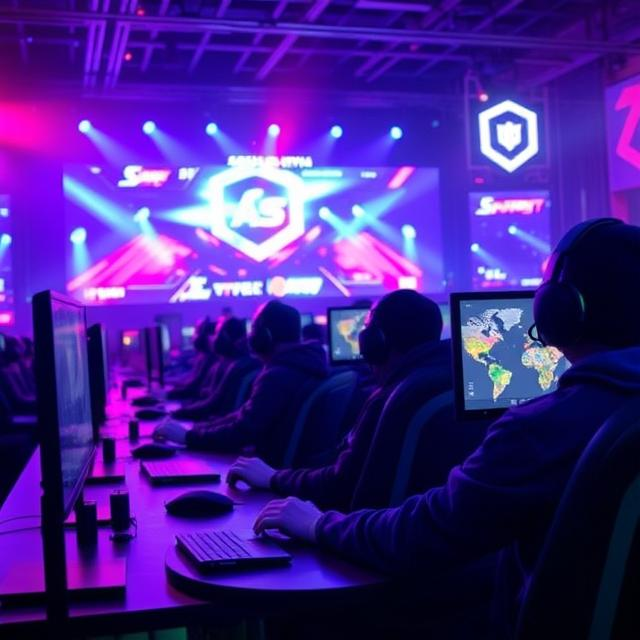What started as friends playing StarCraft in LAN cafés is now a billion-dollar global phenomenon. Esports has grown into a professional industry with massive prize pools, corporate sponsorships, sold-out arenas, and a worldwide fanbase. But how did it happen?
The Roots: Korea and RTS Games
In the early 2000s, South Korea turned competitive gaming into entertainment. With StarCraft televised and pro players treated like celebrities, esports was legitimized. Infrastructure, coaching, and team houses followed.
Globalization via MOBAs and Twitch
League of Legends and Dota 2 exploded globally, bringing with them million-dollar tournaments. The International (Dota 2) still boasts one of the largest prize pools in gaming history. Meanwhile, Twitch made watching esports accessible to everyone.
Corporate Investment and Franchising
Esports teams evolved into organizations — with sponsors, merch, and salaries. Leagues like Overwatch League and LCS introduced franchising models with revenue sharing, city-based teams, and structured seasons — mimicking traditional sports.
What Drives the Money?
- Sponsorships (Red Bull, Coca-Cola, BMW)
- Broadcasting rights (YouTube, Twitch deals)
- Merch, NFTs, team skins, and fan passes
- Crowdfunded prize pools
The Future: Mobile, Collegiate, and Hybrid Events
Mobile titles (PUBG Mobile, Free Fire) dominate in regions like Southeast Asia and India. Meanwhile, universities are offering esports scholarships, and hybrid live/virtual events are becoming standard.
Esports isn’t niche anymore — it’s here, it’s global, and it’s only getting bigger.


Leave a Reply